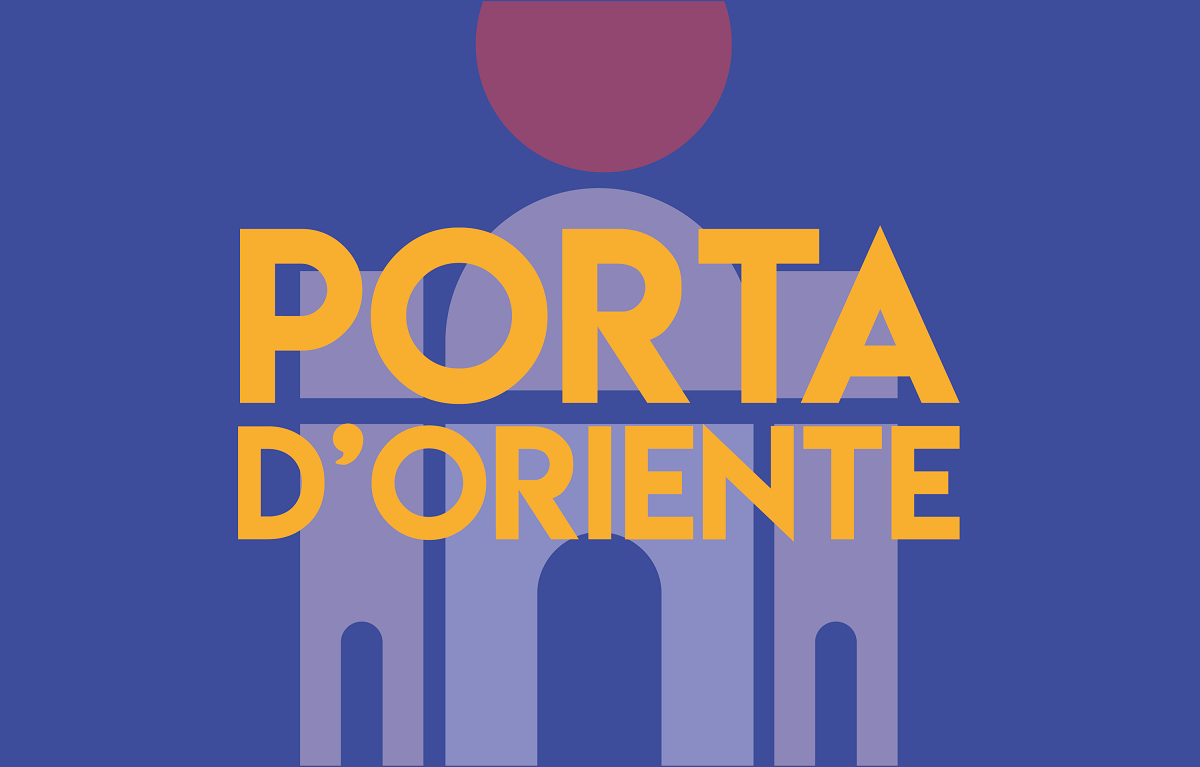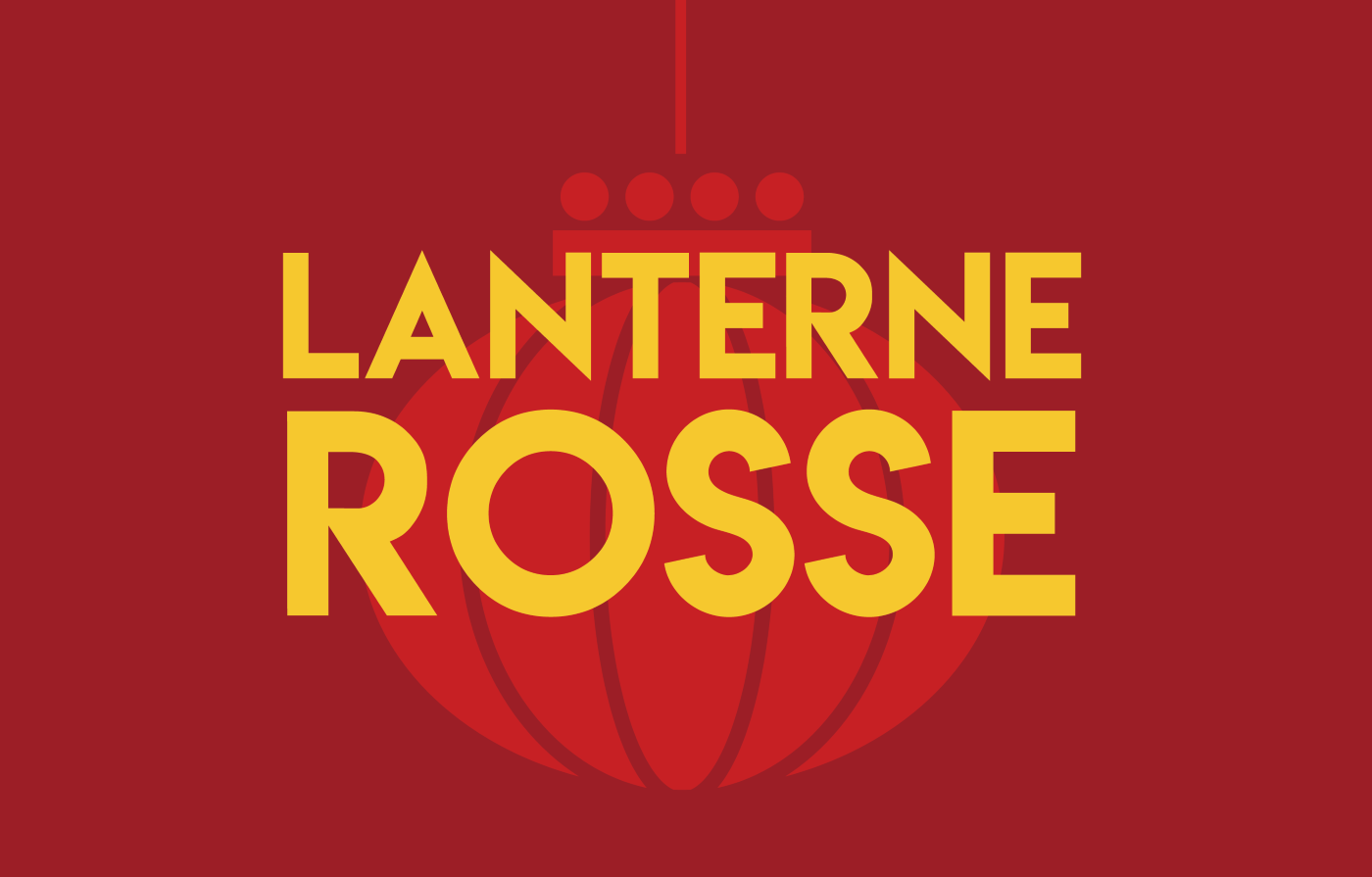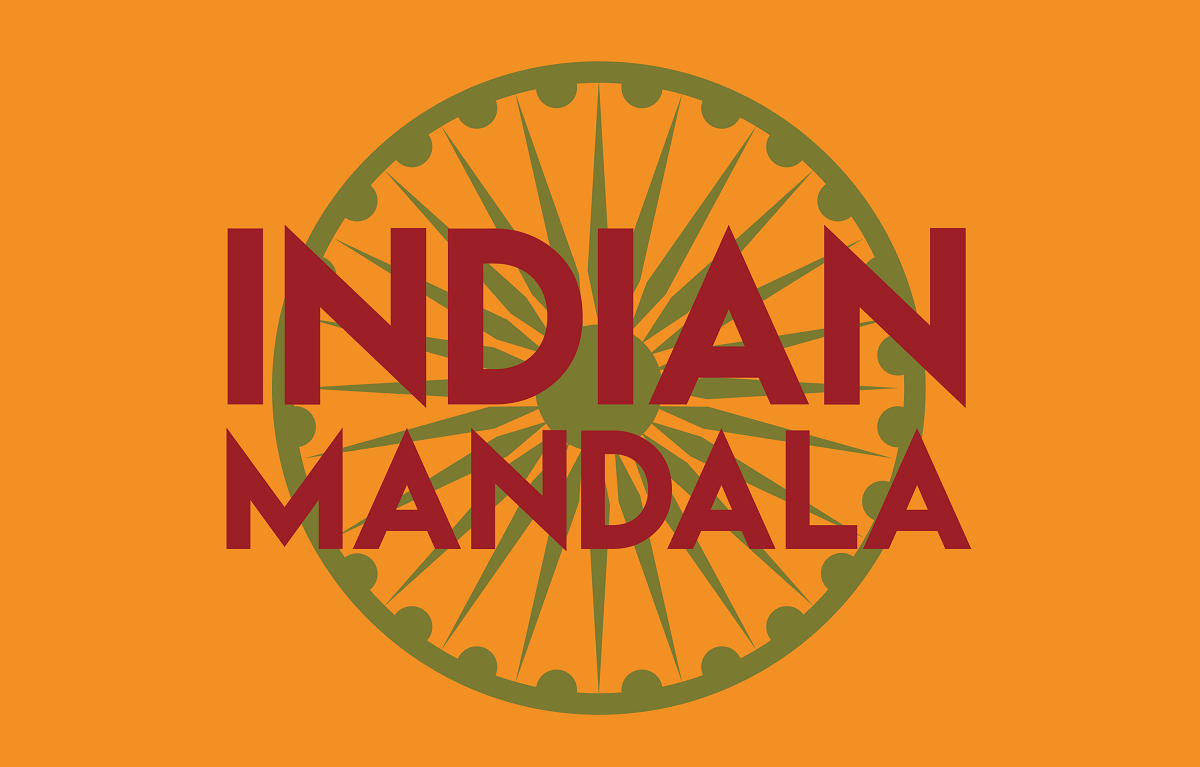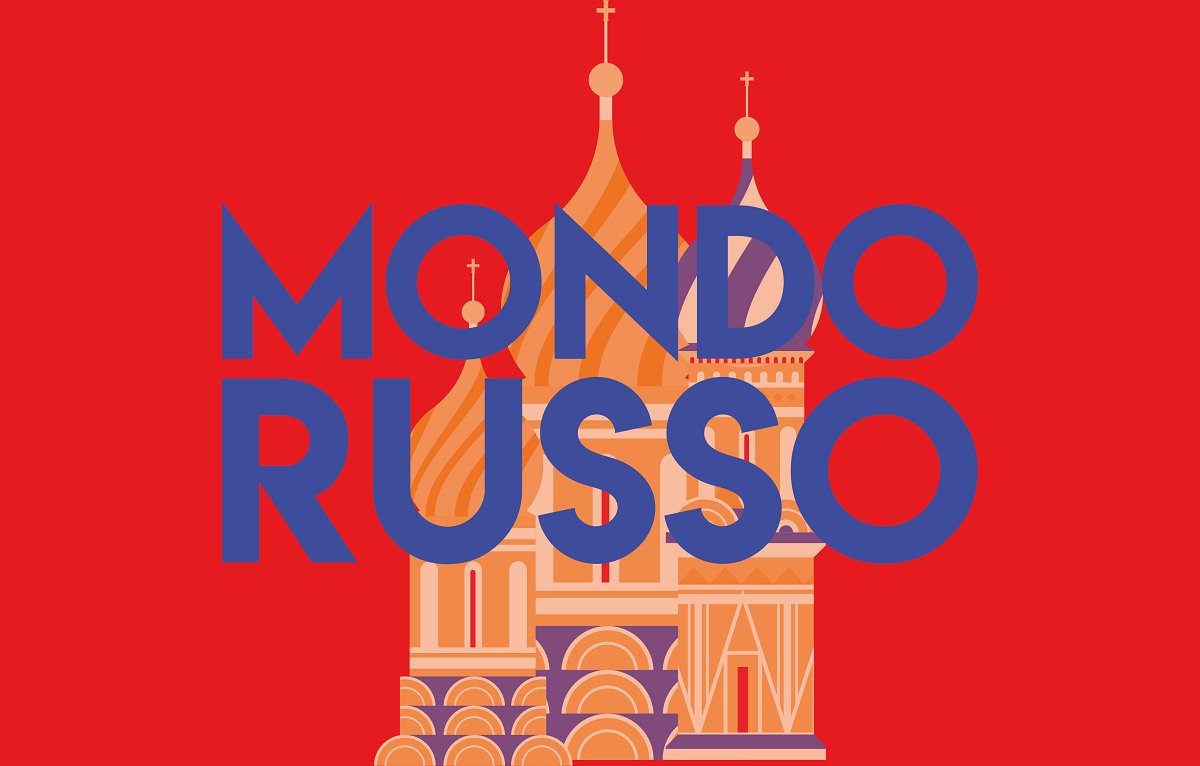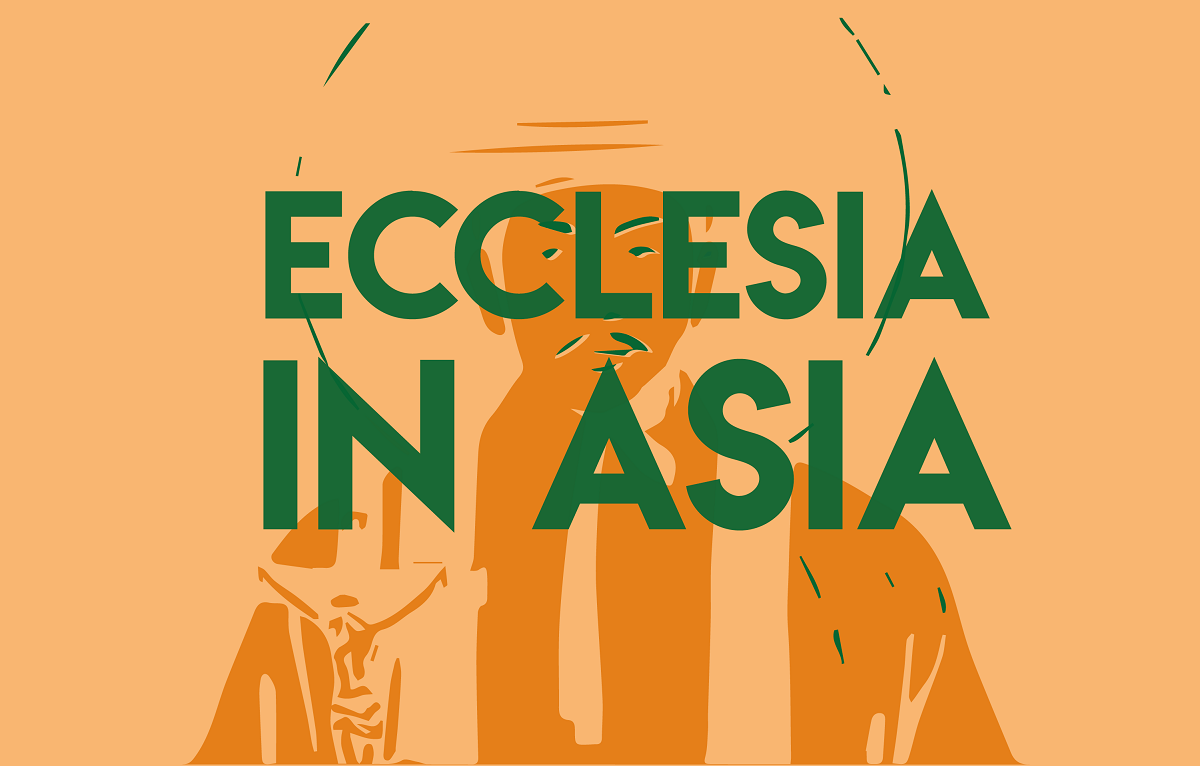Demographic winter is coming for Kazakhs
For the first time in several years, population growth in Kazakhstan is slowing down, and in more than half of the country's regions, especially in the north, the figures indicate a demographic decline. Even in one of the countries with the lowest population density in the world, 63.4% of people live in large cities.
Astana (AsiaNews) - In the first eight months of 2025, Kazakhstan's population increased by 143,200 people, up 0.71% according to the national statistics office, and as of 1 September, the population is estimated at nearly 20.5 million.
As in other Central Asian countries, the trend remains one of population growth, but in Kazakhstan, for the first time in several years, this growth is occurring at a slower rate, and in more than half of the country's regions, especially those in the north, the figures indicate a decline in population.
In reality, growth is only occurring in five regions: Astana with +4.76%, Shymkent +2.23%, Almaty +1.76%, the Almatynskaya region +1.5% and Mangistau +1.23%. In three other regions, growth is below the national average (Aktyubinskaya, Atyrauskaya and Akmolinskaya), while in the remaining regions the population is declining, as in northern Kazakhstan (-1.06%), Abay (-0.8%) and Ulytau (-0.7%). In the regions of northern and eastern Kazakhstan, the decline is due to natural factors, with mortality exceeding birth rates, while it is difficult to calculate growth due to migratory flows, which remain positive only in the three megacities of Almaty, Astana and Shymkent.
The urban population grew by 1.41%, reaching almost 13 million inhabitants, while the rural population fell by 0.5%, to almost 7.5 million, resulting in an urban percentage of 63.4% and an extra-urban percentage of 36.6%. In absolute terms, Kazakhstan's population density is one of the lowest in the world, with 7.5 people per square kilometre, making it one of the ten largest countries in the world in terms of area, but with a low population, reflecting the situation in Russia to the north.
At the end of the 19th century, Kazakhstan was part of the Russian Empire, and according to the results of the 1897 census, 3,645,000 people lived there, rising to over 4 million when Kazakhs scattered across other imperial lands were counted.
Tsarist policy sought to populate the Kazakh steppes by transferring Russian peasants, but the revolts of 1916 and the revolution, with political repression and forced collectivisation, led to a serious demographic crisis, with the percentage of Russian inhabitants almost equal to that of Kazakhs.
In 1926, there were 3,627,000 people, rising to over 2 million in 1937, thanks to the arrival of Russians and also many German and Polish exiles and deportees during Stalin's deportations.
In the post-war Soviet era, Kazakhstan had reached almost 10 million inhabitants, according to the 1956 census, but Kazakhs accounted for only 30% of the republic's total population.
The last Soviet census was conducted in 1989, maintaining the percentages of previous decades, while the first census of independent Kazakhstan took place ten years later, in 1999.
The results were published at the end of the 2000s, calculating just under 15 million inhabitants, 1.5 million fewer than in 1989, and the ethnic percentage began to rise for Kazakhs, reaching about 50% of the entire population.
The next census in 2009 reported a total population of over 16 million, with an increase mainly in rural areas and a further rise in the Kazakh percentage compared to the Russian percentage, around 60% versus approximately 30%. Five years ago, in 2021, the third census since independence was held, with the population exceeding 19 million, a large increase in the Kazakh ethnic group and migration flows from Asian countries.
In the thirty years since the collapse of the Soviet Union, the percentage of Germans has been reduced to a minimum, with most returning to the homeland of their ancestors, and Kazakhs are well above 60%, with Russians just over 20%, Uzbeks 2.8%, Ukrainians 2.1%, Uighurs 1.4%, Tatars 1.3%, Germans 1.1%, and other ethnic groups 4.5%.
Russian remains the most widely spoken language, but the use of Kazakh is growing steadily in a country that is 70% Sunni Muslim and 27% Christian, mainly Russian Orthodox, but also Catholic and Protestant. The future of Kazakhstan lies not so much in the percentages, but in people's choices regarding their ethnic, linguistic and religious identity, which is also reflected in tensions and heated debates about common prospects.





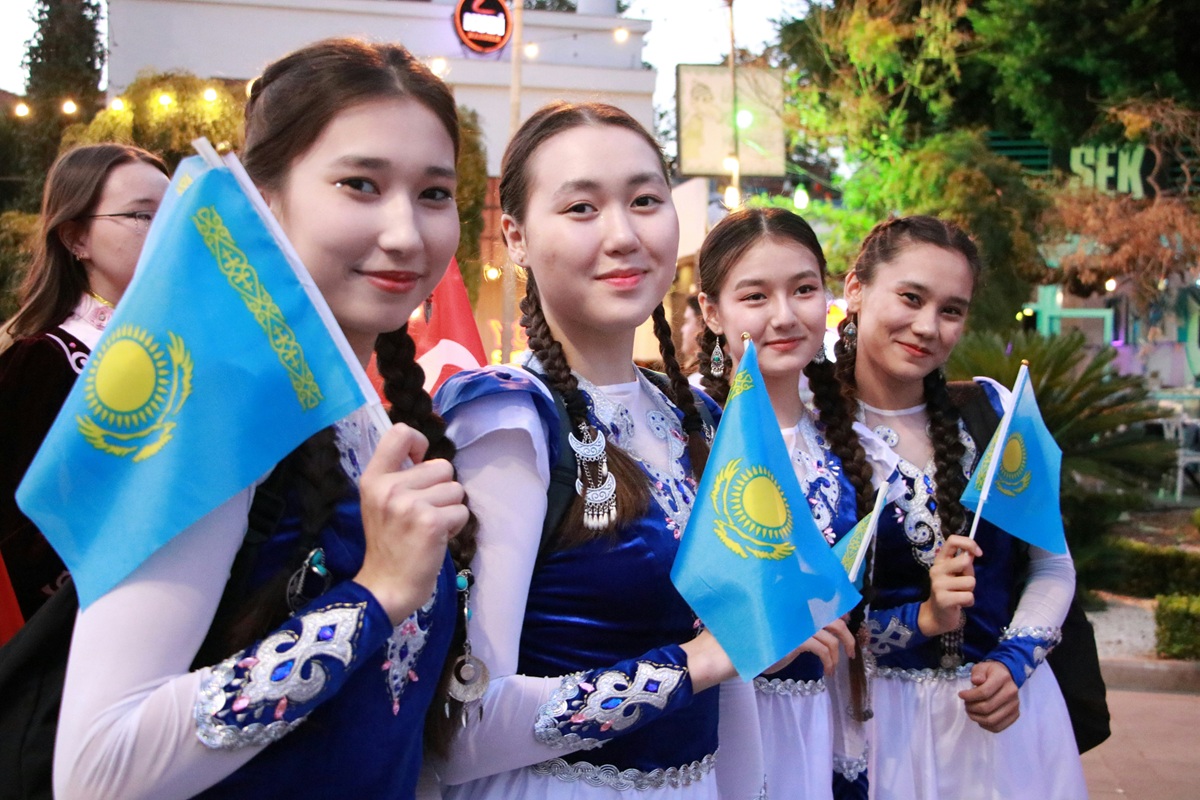

.png)
